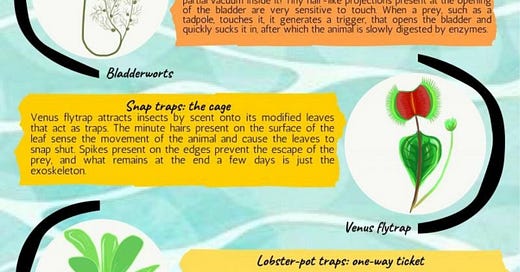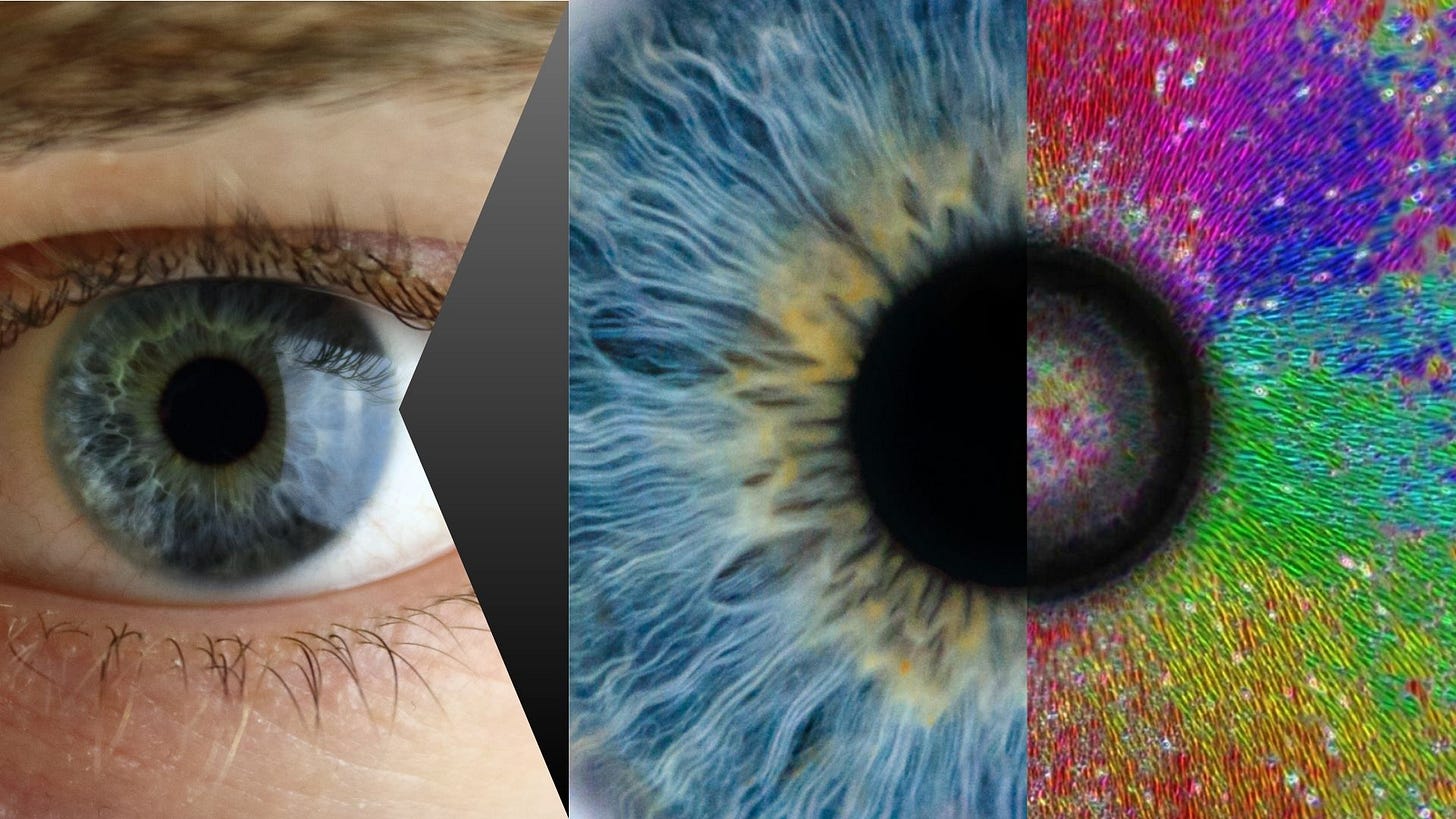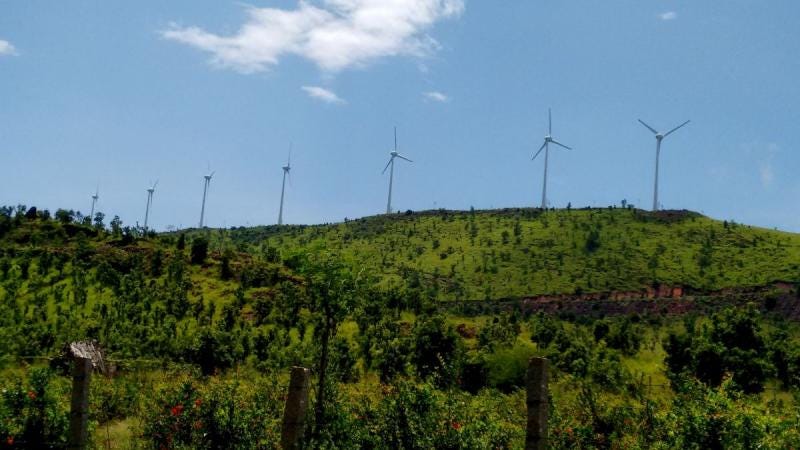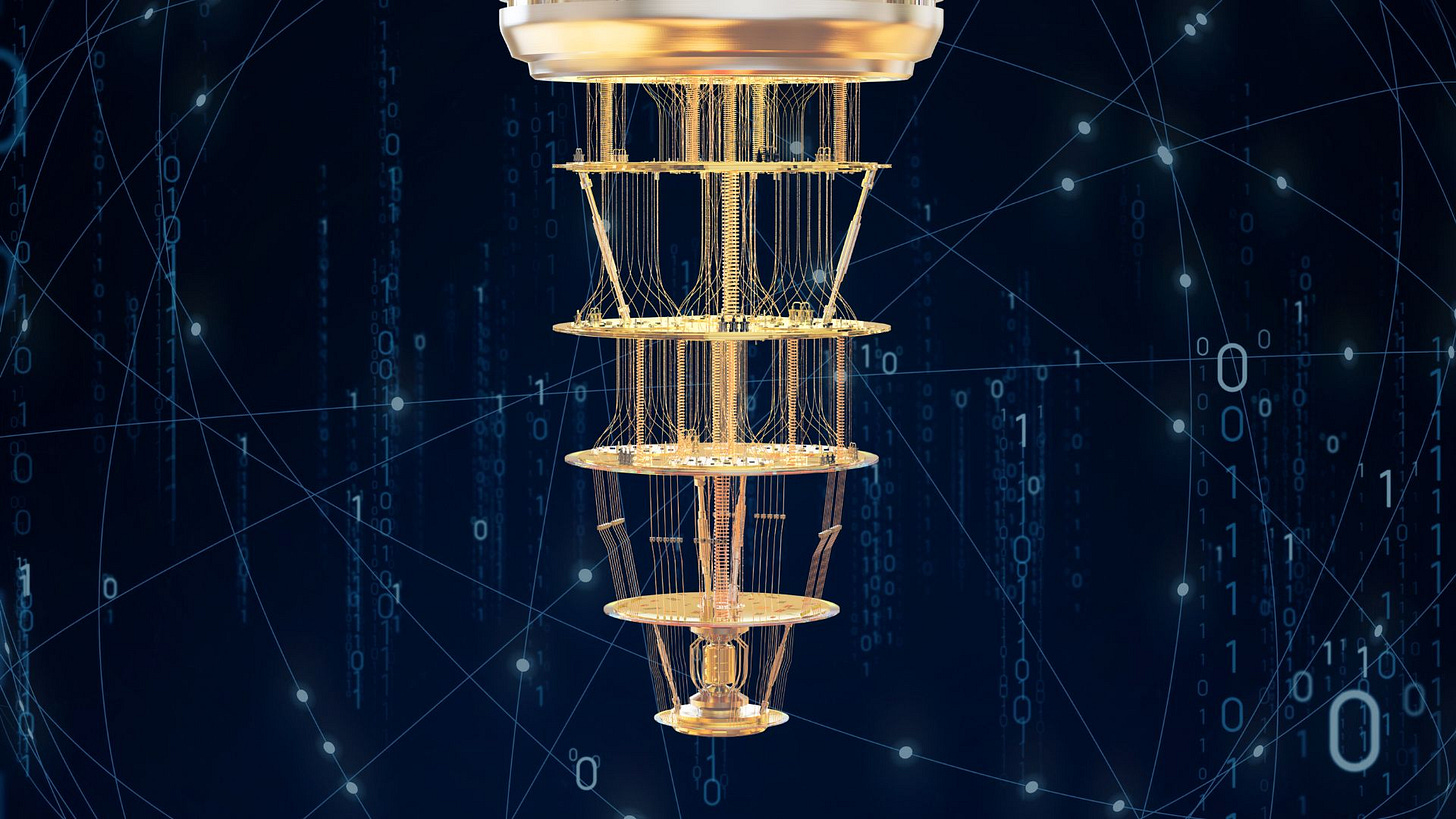Cell Growth, Land Use effects, India's Climate Journey, Vanishing Beaches, Entangled Photons and more...
Weekly Newsletter | Issue #24 - 11 June, 2025
Greetings from Research Matters!
For over a decade, Gubbi Labs and Research Matters have been the one-stop shop for all your science communication needs. From crafting effective outreach campaigns to creating engaging content, we can help bring the science to life in your content. Get in touch with us today for all your communication needs at editors@researchmatters.in.
We need your support! As a small team, we have often found it challenging to produce science- and research-based content, including daily articles, weekly infographics, comics, and newsletters. If you like our work and want to support the growth of a small science newsroom, hit the button below to make your contribution (There is no minimum amount).
In this week’s stories: how cells can sense the tensions and strains around them to guide their growth, what India’s land use is doing to surface air temperatures, RBI maps India’s climate journey, vanishing beaches due to climate change and anthropogenic activities, and imprinting information onto entangled photons. We also have an interesting infographic on the tricks carnivorous plants use to survive. In the regional section, we have stories in Hindi and Marathi. There are also STEM stories from other Indian media outlets. Don’t forget to check out Scidle - the science wordle, for a new science word every day. Unfortunately, we were unable to find any public STEM events scheduled for this week.
Stories in this edition
How do cells decide which way to grow? The role of invisible mechanical cues in tissue organisation| IIT Bombay
Researchers at IIT Bombay uncover how strain fields produced by embedded inhomogeneities within biomaterials influence cell alignment, reshaping our understanding of cell behaviour in development, disease, and tissue engineering.
India's changing landscape is warming certain regions while cooling others, finds study | Dimoria College, IIT Bhubaneswar
Researchers used a variety of data collected between 2001 and 2015 to study the effect of Land Use Land Cover (LULC) on Surface Air Temperatures in India.
Navigating the Green Path: India's Climate Journey Explored by RBI | Reserve Bank of India
New research reveals India's shifting climate change risks and resilience, offering a novel framework for other developing nations.
India's embayed beaches are vanishing due to a mix of climate change and human activity | CSIR-NIO, AcSIR, Bharathidasan University
A new study has confirmed that embayed beaches are experiencing critical shoreline retreats, and beaches that have seen significant human-built structures and tourism development have shown more severe erosion.
In a breakthrough in quantum computing, Indian researchers imprint information onto entangled photons | PRL, IIT Gandhinagar, IISc, IMSc, others
The new method offers a straightforward approach to imprint the geometric phase from a classical laser beam and transfer it directly onto a pair of entangled photons.
Carnivorous plants: What are the tricks up their sleeves?
Science Games & Puzzles
Try the science wordle game - Scidle, and share your score with the world!
Regional
Hindi (हिन्दी):
ऊतकों में स्थित अदृश्य संकेतों पर निर्भर होती है कोशिका वृद्धि की दिशा
Marathi(मराठी):
ऊतींमधील अदृश्य संकेत ओळखून पेशी ठरवतात वाढीची दिशा
Research Beat | Research-based news in other media
A quaint J&K town is turning purple with prosperity thanks to lavender culture - Deccan Herald
Wrappers and bottles choking mangroves: NIO study - Times of India
India’s retraction crisis casts shadow over science research - Times of India
Boost for research institutes as Centre amends rules for buying scientific equipment - Tribune India
On Science and Changing Culture: A Conversation with Professor P. Balaram - The Wire
Scientists find technology used in Covid vaccine to cure HIV - India Today
Not just rocket boys: Meet the rocket women of India's top science missions - India Today
Ampere, the Paris professor who turned a needle's twitch into a new science - India Today










